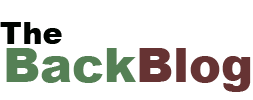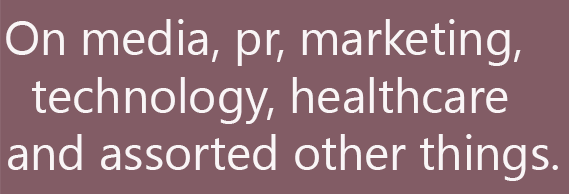
You’ve spent months, probably years, building a product. You’ve prototyped it, tinkered with it, and sweated every little detail…and at some point you’ll need to move it from the “garage” into the uncertain waiting world.
But when? How do you know the product is ready? How do you know you’re ready?
Too early and all your time, work and money is lost. Too late and you’re overtaken by competitors or a shifting marketplace.
Pre-Launch Checklist
You’ve marked everything off the checklist:
- The product/service has been tested and is ready for prime time – or close to delivery.
- You offer features that matter to customers
- You have a clear, compelling, concise positioning statement
- Your market segments, customer profiles and sales targets are defined.
- You have a strong marketing plan in place that enables you to effectively reach influencers and purchasers with your core branding/sales/thought leadership messages.
If you have solid, “stress tested” answers to all the above, you are, gulp, ready to launch.
Just Jump. With Caveats.
You know you can afford to get a lot of other things wrong if you get your timing right. But how can you ever know the timing is just right? According to Netflix co-founder Marc Randolph, every startup reaches a place where “you just can’t research any more… The only way to do it is to jump.” Timing will never be exactly perfect, and you’ll never know everything there is to know about improving your chances for a successful launch. The only way to prove it is to do it.
For over twenty years, we’ve supported the successful launch of countless companies with clear eyed marketing and creative communications plans. Our content marketing expertise – combining world class SEO and public relations/media capabilities – enables small companies with limited budgets to compete with larger, more established competitors. We help plan and support high-impact launches, and provide targeted marketing communications that reach key market influencers and purchasers.
Always Be Marketing: before, during and after launch
Marketing is fundamentally understanding what you’re building, why you invested in it, and how it will benefit the user — and then messaging that understanding to your customer. Which is to say that, when you’re developing your product or service, you should be simultaneously developing – or at least thinking about — your marketing. Timing the market is hard and is always subject to chance – but an always be marketing mentality will go a long way in assuring a successful lift-off.








 You never know how the other half lives until you rummage through their inboxes.
You never know how the other half lives until you rummage through their inboxes. 